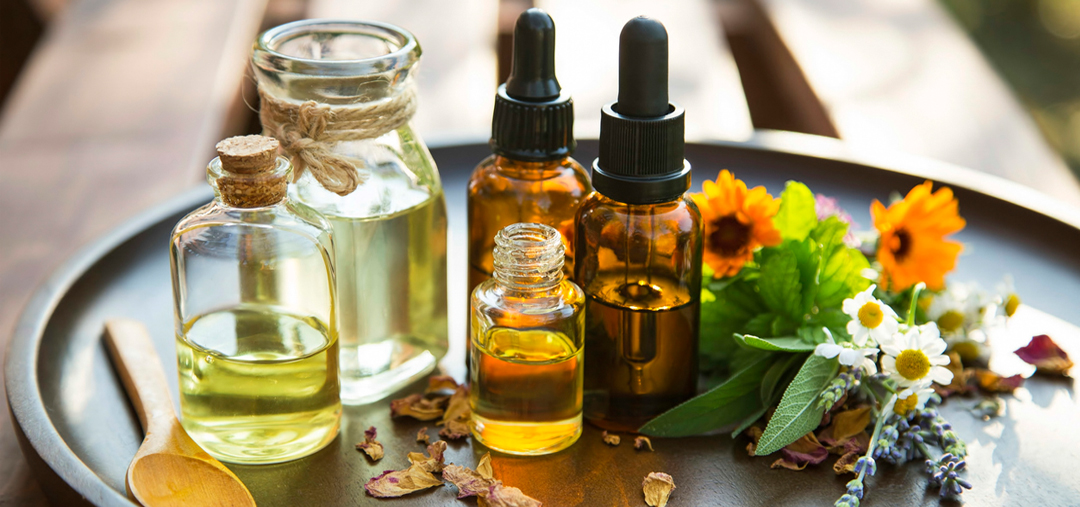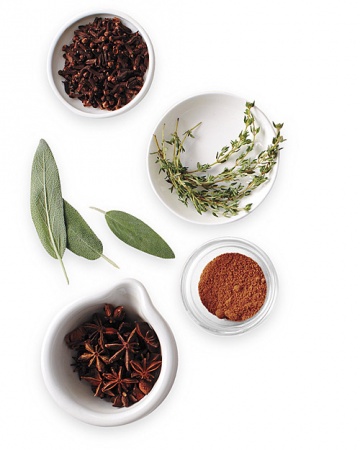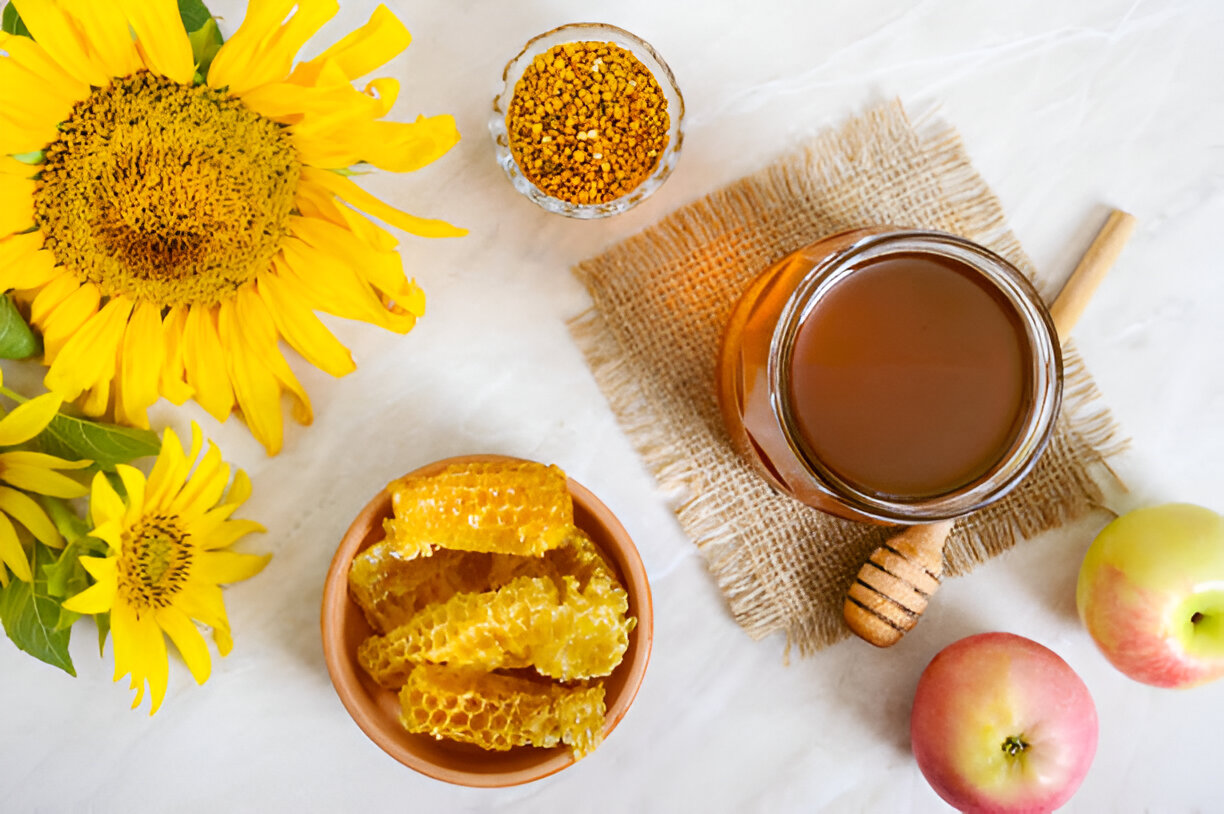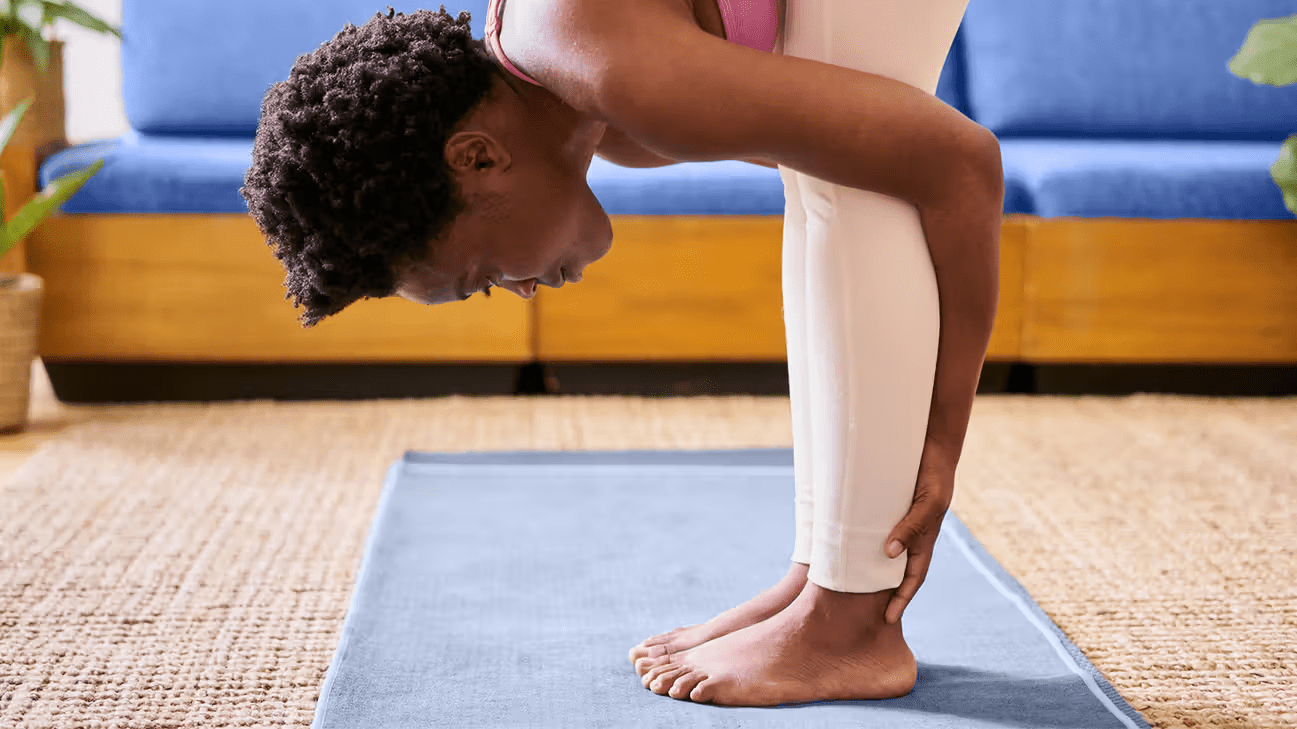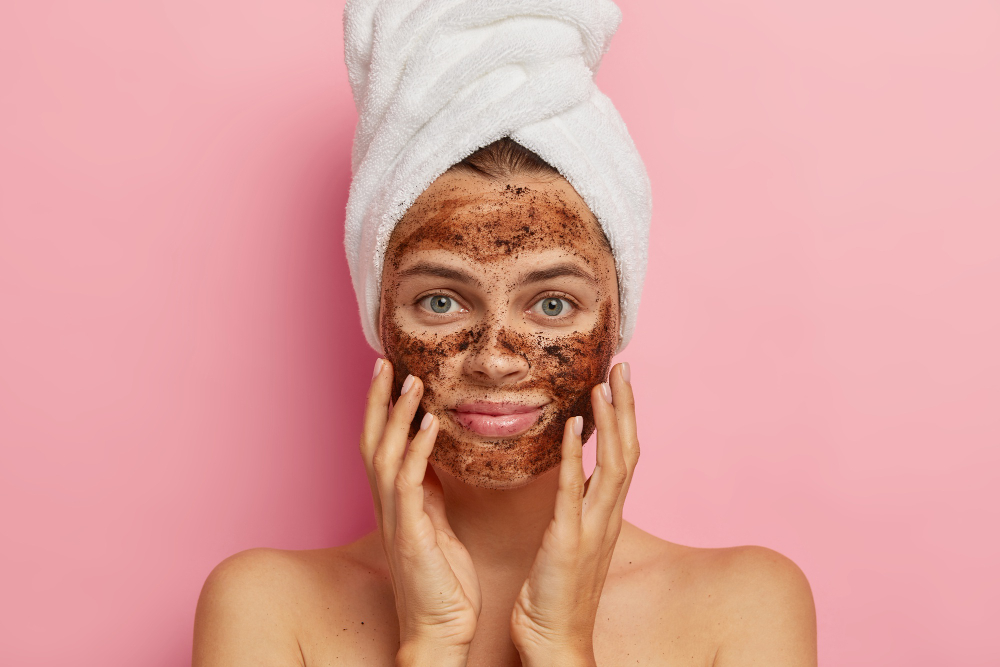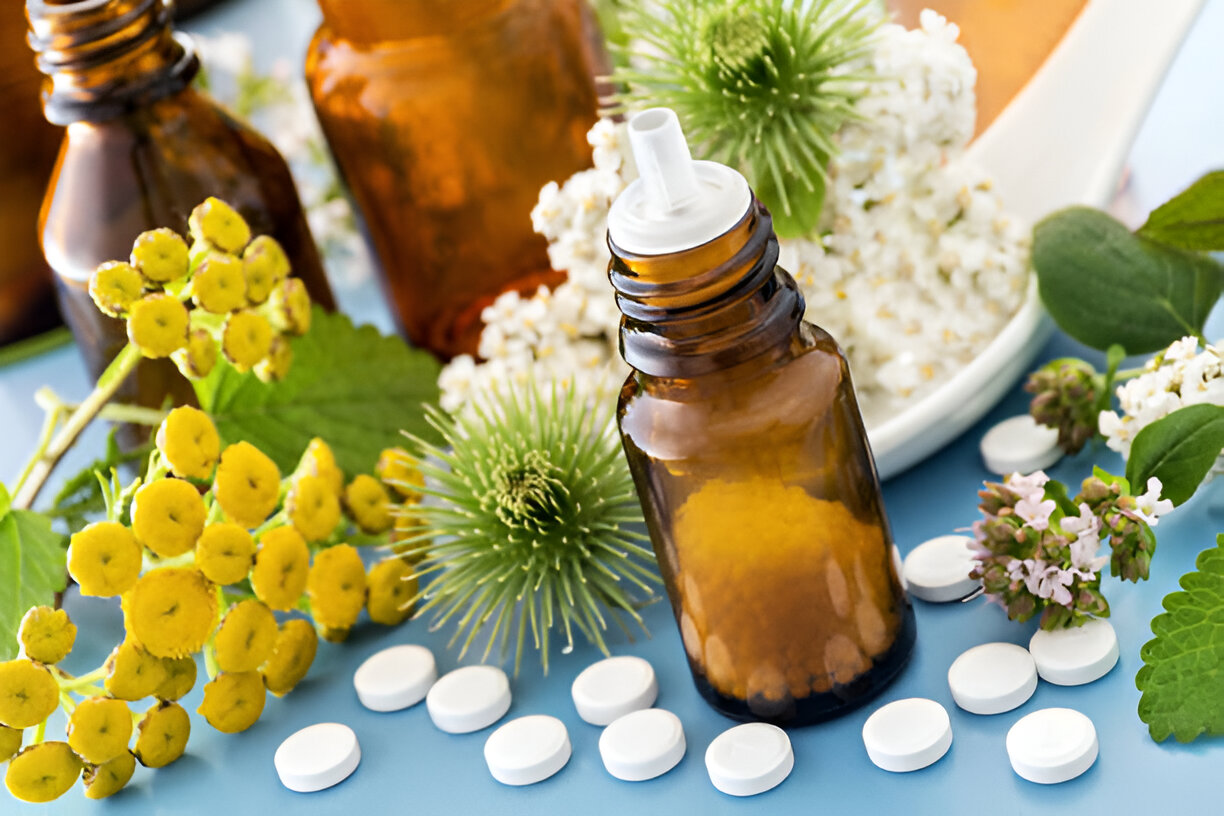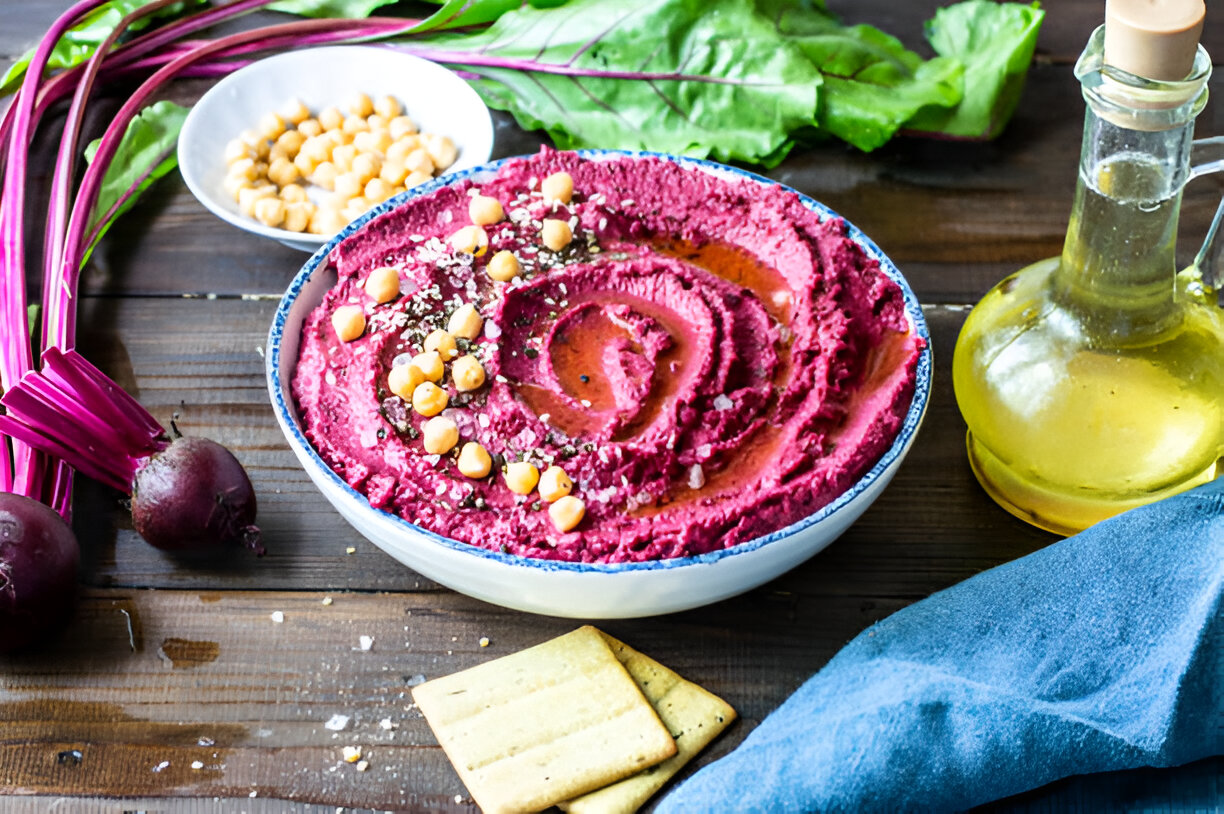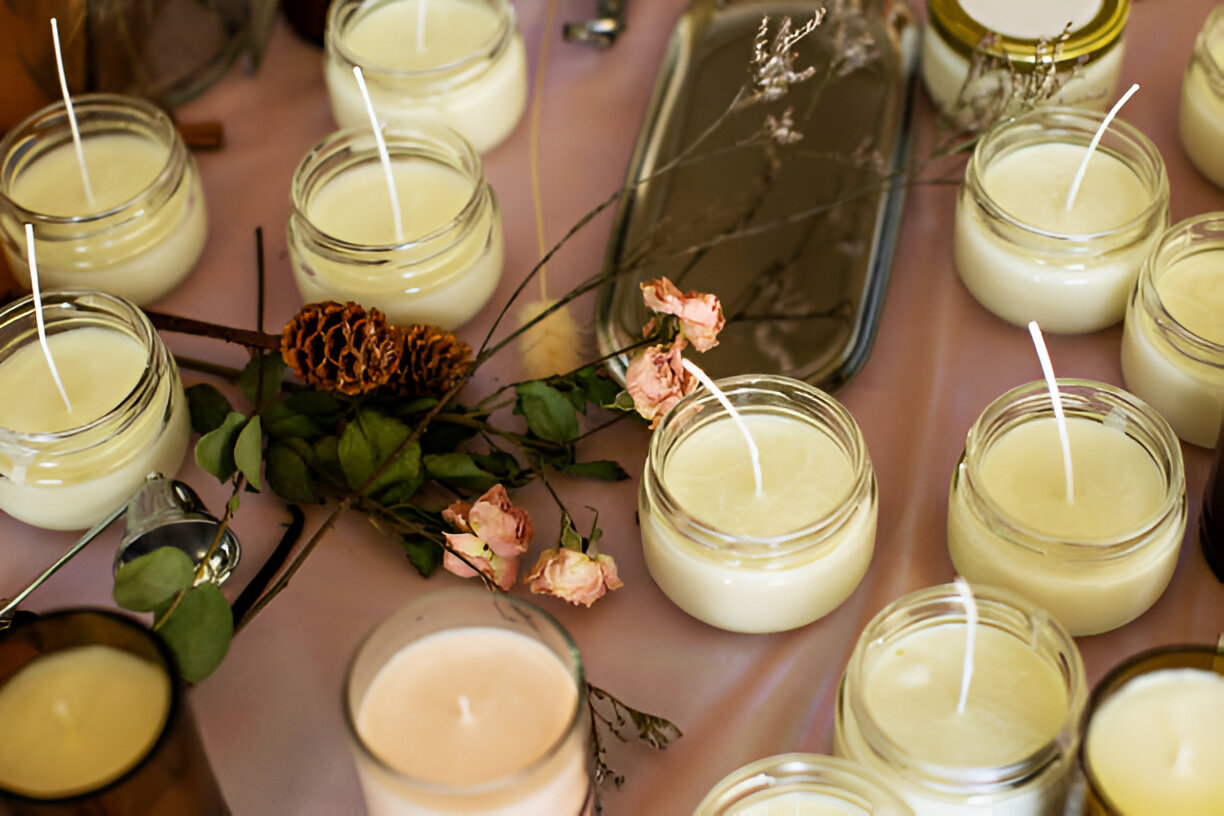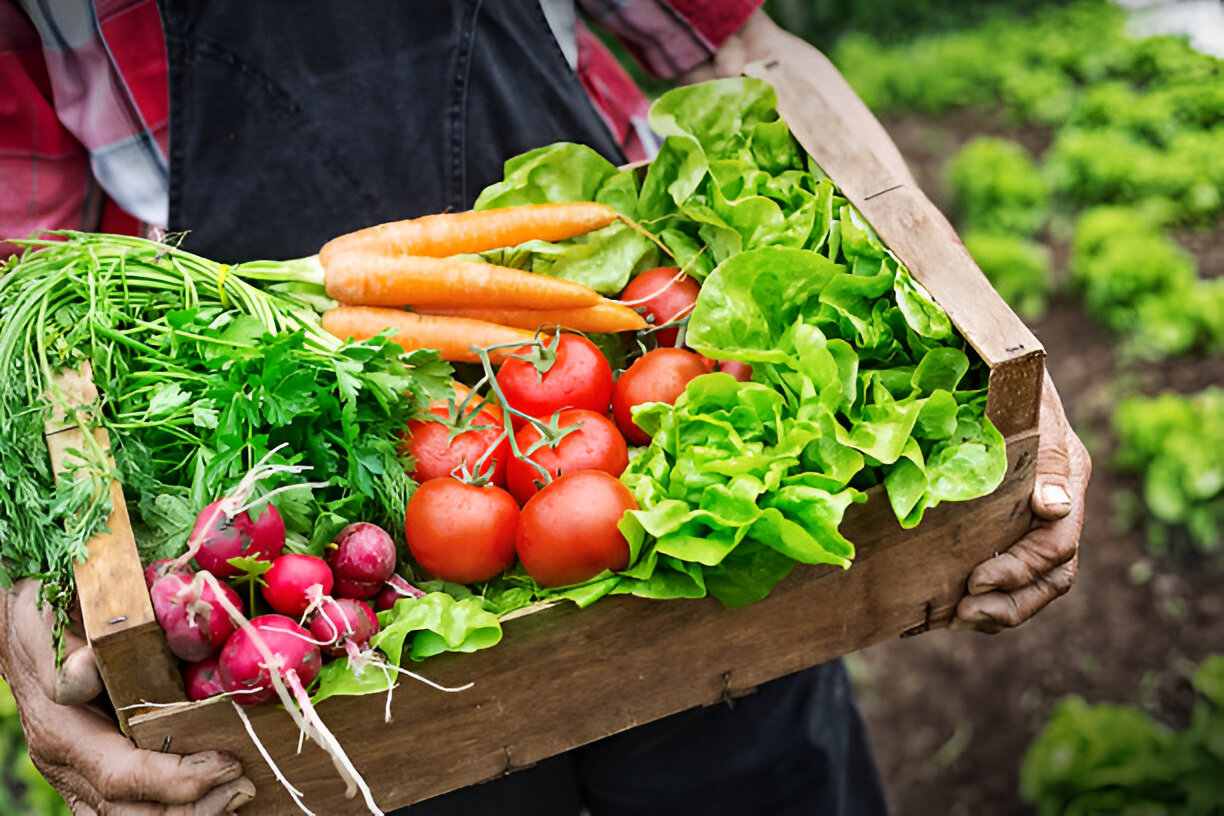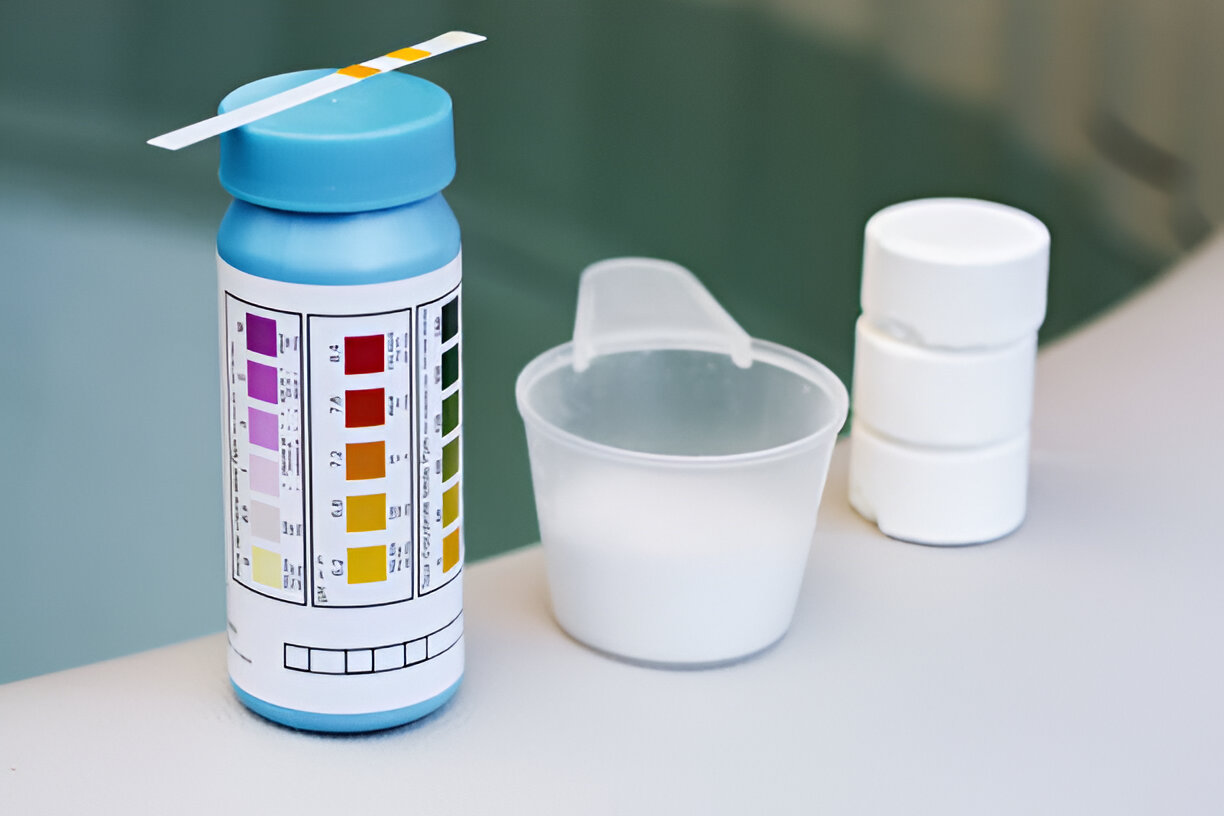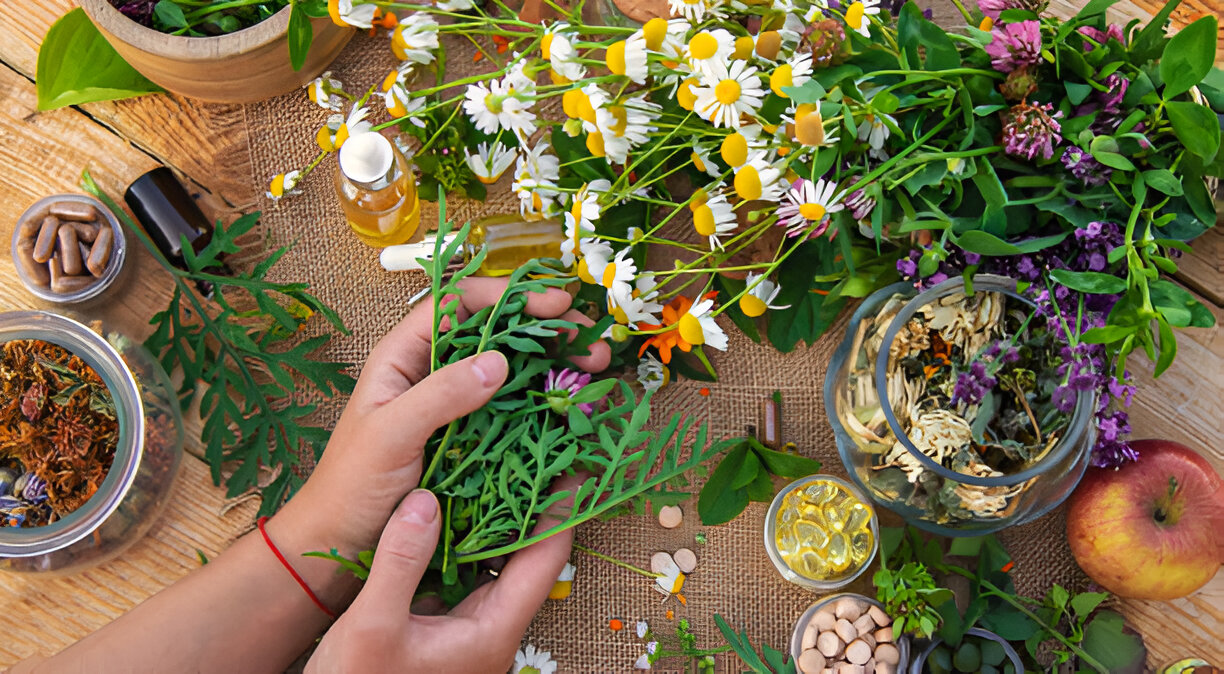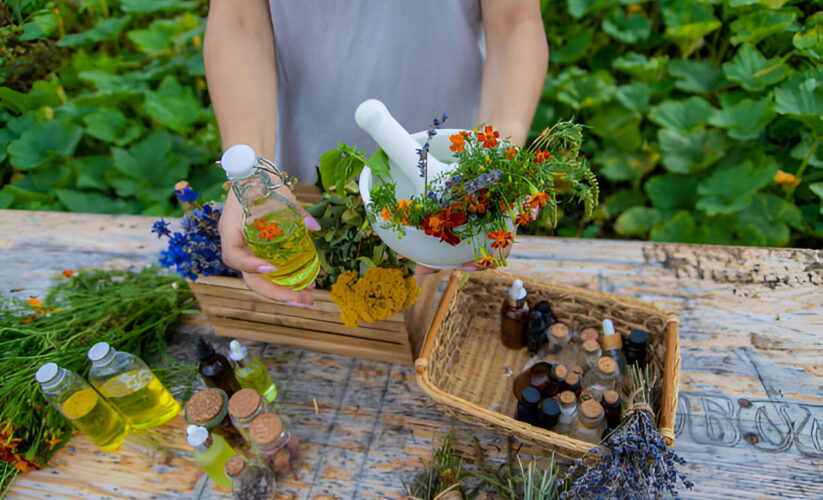
This time of year, as the plant world explodes with shoots stretching up to reach the sun, we naturally tap into the deep, ancient urge to grow something. Medicinal herbs are among the most rewarding of garden projects, providing both a dose of aromatherapy and the materials to make high-quality, cost-effective herbal products. What’s more, nurturing plants and making your own remedies are healing activities in themselves.
Here, you’ll learn how to grow and use seven versatile herbs. The perennials — peppermint, lavender, yarrow, lemon balm, and thyme — take more than a year to yield a significant harvest if started from seed, so it’s best to begin with a nursery transplant. The annuals — chamomile and tulsi — can be started from seed or a transplant. All the herbs grow well in pots, so there’s no garden or yard required.
Herbs are forgiving to grow, as long as you follow a few simple guidelines.
Healthy Soil
Choose an organic, light potting soil; this provides good drainage and room for young roots to grow. (If you’re starting plants from seed, you’ll use a seed-starting medium.)
Abundant Sun
Unless otherwise noted, your herbs will thrive in full sun.
Water and Food
Water your plants daily (ideally in the morning), until water drains out of the bottom of the pot. If you’re using a saucer under the pot, empty it of any water collected. The soil shouldn’t stay soaking wet, nor should it dry out completely. Use a balanced organic fertilizer according to package directions. Keep in mind that plants can be killed with kindness; take care not to overfeed or overwater.
Adequate Air Circulation
Avoid crowding your plants; this helps cut down on fungal and pest problems.
Container Options
Garden stores carry a dazzling selection of containers, from terra-cotta classics to stone pots that recall a Zen garden. But feel free to use your imagination. A pair of old boots or a broken watering can look fabulous with herbs spilling out of them. Whatever container you choose, make sure it has a hole in the bottom (or make one) to allow for drainage. To prevent soil from washing out when you water, place a shard of a broken terra-cotta pot, a few stones, or a piece of screen inside the bottom of the pot over the hole.
Beyond these basics, each herb has a few quirks and preferences you’ll want to know about. So pour a cup of tea, settle in, and find out everything you need to know to both start your garden and create relaxing teas and baths, sachets, and other remedies. And then discover what pleasure and good health they will bring you.
Start your own apothecary garden with plants such as lavender, mint, lemon balm, and thyme — and make remedies for stress, digestion, immunity, and more.
Herbal Tea 101
You can make tea with fresh or dried herbs. Pour boiling water over herbs (1 teaspoon dried or 2 teaspoons fresh) in a teapot or mug. Cover and steep for five to 10 minutes. Strain and enjoy. Keeps for a day if refrigerated.
Peppermint (Mentha x Piperita)
Health Benefits
A symbol of hospitality in the garden, peppermint soothes indigestion and has mild stimulating and cooling properties.
Growing
Peppermint’s creeping habit makes it a favorite for container gardening. (Growing it in a garden takes extra care; it can take over.) A perennial, it’s best started from a transplant. Peppermint prefers shade but tolerates full sun if kept evenly moist.
Harvesting and Drying
Use fresh leaves as needed throughout the summer. To dry, cut the plant back to the bottom two or three leaf nodes (where a leaf meets the stem) just before it flowers; you’ll see buds forming on the top. Place in a large basket or drying rack, out of the sun. Toss a couple of times daily until crispy-dry, typically a week or two. Run your thumb and index finger along the stem to remove leaves. (Discard the stems.) Store dried leaves in a clean, dry glass jar away from heat and light. Label and date; the leaves keep for a year. Each plant yields several harvests until the first frost.
How To Use
For a stomachache or gas, try a cup of peppermint tea. Chilled mint tea makes a cooling body spray or a refreshing foot soak for hot days.
Lavender (Lavandula Angustifolia)
Health Benefits
Prized for its aromatherapeutic benefits, lavender is among the best herbs for easing stress and boosting mood. It’s also antimicrobial and antiseptic.
Growing
A perennial, lavender is best started from a nursery transplant. Be especially careful not to overwater or overfeed lavender.
Harvesting and Drying
When the buds are full but only a couple have opened, cut the stems above the top leaf node (where a leaf meets the stem). Bundle with a rubber band and hang in a dark area with good air circulation until crispy-dry (a week or two). Hang the dried bundle as is to freshen a room, or rough-chop it for use in a sachet. For tea, strip off the flowers and discard the leaves and stems. Store dried lavender in a clean jar away from heat and light. Label and date; it keeps for a year. Lavender blooms once per season.
How To Use
Make lavender tea and add to bathwater for a relaxing soak; cool lavender tea also soothes insect bites and minor cuts and burns. For portable stress relief, make a lavender sachet: Fill a small muslin bag with dried lavender and tie with a ribbon. Inhale the aroma whenever you feel tense.

Tulsi (Holy Basil) (Ocimum Sanctum)
Health Benefits
Used in Ayurveda (the ancient medicine of India), tulsi supports immunity and eases stress.
Growing
An annual, tulsi grows from seed or a transplant. If starting from seed, follow packet instructions. To encourage fullness, when the seedling is about 6 inches tall, grasp the stem above the second set of leaves from the top and pinch it off.
Harvesting and Drying
Use fresh leaves as needed. To harvest, cut down to three or four leaf nodes (where a leaf meets the stem) when you see buds forming. Place in a large basket or drying rack, out of the sun. Toss a couple of times a day until crispy-dry (one to two weeks). Run your thumb and index finger along the stem to remove leaves. Discard the stems. Store in a clean, dry jar away from heat and light; they keep for a year. Each plant yields three harvests before the first frost.
How To Use
Tulsi makes a delicious tea. Or make an herbal honey: Harvest fresh leaves and buds; divide into four groups. Pack the first group into a mason jar; cover with honey. Keep layering, ending with honey. Cover and store in a cool, dry place for two to three weeks. Check daily, and use a chopstick to push down leaves that float to the surface. Use to sweeten tea or spread on toast. Eat or discard the leaves as you use the honey.
Thyme (Thymus Vulgaris)
Health Benefits
Thyme clears congestion, soothes sore throats, and has powerful antimicrobial properties.
Growing
A perennial, thyme is most easily grown from a nursery transplant.
Harvesting and Drying
Pinch off a sprig or two to use fresh as needed. Just as it begins to flower (you’ll see buds forming), cut back the top third of the plant. You can dry the leaves on the stems. Bundle and hang upside down away from heat and light. When crispy-dry (about one week), slide the stem through your thumb and index fingers; the leaves will fall off. Compost the stems and store the dried leaves in an airtight container in a cool, dark location. Label with the contents and date; they keep for a year. The plant yields another harvest or two before the first frost.
How To Use
For sore-throat relief, make a tea of thyme and sage. Let cool, then gargle several times daily. For congestion, boil enough water to fill a small pan or bowl and place it on a sturdy table. Add a few sprigs of fresh thyme (or 1 teaspoon dried). Sit at the table, place a towel over your head, and breathe in the vapors for a few minutes. Safety note: Pregnant women should avoid using thyme medicinally.

Chamomile (Matricaria Recutita)
Health Benefits
The quintessential cup of herbal tea, chamomile can soothe an upset stomach as well as calm jangled nerves.
Growing
An annual, German chamomile is easily started from seed or a nursery transplant. If starting from seeds, follow packet directions.
Harvesting and Drying
Chamomile flowers prolifically, so check the plant every other day and pick the flowers as soon as they open fully. If harvested regularly, it will produce flowers longer. Cut the stem above a leaf node (where a leaf meets the stem), then cut the flower head off the stem. Use the flowers fresh, or place in a large basket or drying rack, out of the sun. (Compost the stems.) Toss them a couple of times every day until they are crispy-dry, generally one to two weeks. Store them in a clean, dry glass jar away from heat and light; label and date. They keep for a year.
How To Use
To alleviate stress or soothe a stomach, try a simple tea. It’s also delicious combined with lemon balm and a bit of peppermint.

Lemon Balm (Melissa Officinalis)
Health Benefits
Known for its ability to keep melancholy at bay, lemon balm also has antiviral properties.
Growing
A perennial, lemon balm is best started from a transplant. It prefers partial shade but tolerates full sun.
Harvesting and Drying
Use fresh leaves throughout the growing season. To dry the leaves, cut the plant back to the bottom two or three leaf nodes (where a leaf meets the stem) just before it flowers; you’ll see buds forming on the top. Place it in a basket or drying rack, out of the sun. Toss a couple of times daily until crispy-dry, typically one to two weeks. When dry, run your fingers along the stem to remove leaves. Store dried leaves in a clean, dry glass jar away from heat and light. Label and date; they keep for a year. The plant yields another harvest or two before frost sets in.
How To Use
Fresh or dried lemon balm makes an uplifting tea. You can also try a fragrant herbal bath with lemon balm and other calming herbs: Combine 1/8 cup each of lemon balm leaves, chamomile flowers, lavender, and organic rose petals (dried, fresh, or a mix). Place the herbs in a large tea ball or a muslin bag and hang it on the faucet, so that the hot water flows over it. Let the ball or bag float in the water during your bath.
Yarrow (Achillea Millefolium)
Health Benefits
Once used as a battlefield medicine, yarrow is antiseptic, helps stop bleeding, and induces sweating, which may lower fevers.
Growing
A perennial, yarrow is best started from a nursery transplant; ask for the species, A. millefolium, not one of the ornamental varieties.
Harvesting and Drying
Use the fresh outer leaves as needed. Harvest flower heads individually, when the majority of the tiny flowers have opened; cut just above a leaf node (where a leaf meets the stem). To dry, place healthy-looking leaves and flowers in a large basket or drying rack, out of the sun. (Discard the rest.) Toss a couple of times a day until crispy-dry, generally one to two weeks. Store in a clean, dry jar away from heat and light; they keep for a year. To use in a first-aid kit, powder the dried leaves in a coffee grinder (one that you use only for herbs). The plant should bloom again in late summer or early fall.
How To Use
Yarrow leaves have a history as a first-aid remedy; the long green leaves can be applied directly to minor cuts to stop bleeding. For colds and flus, try a tea with equal parts yarrow, elder flower, and peppermint. It’s quite bitter; use honey if desired. Note: Pregnant women should avoid using yarrow internally.






